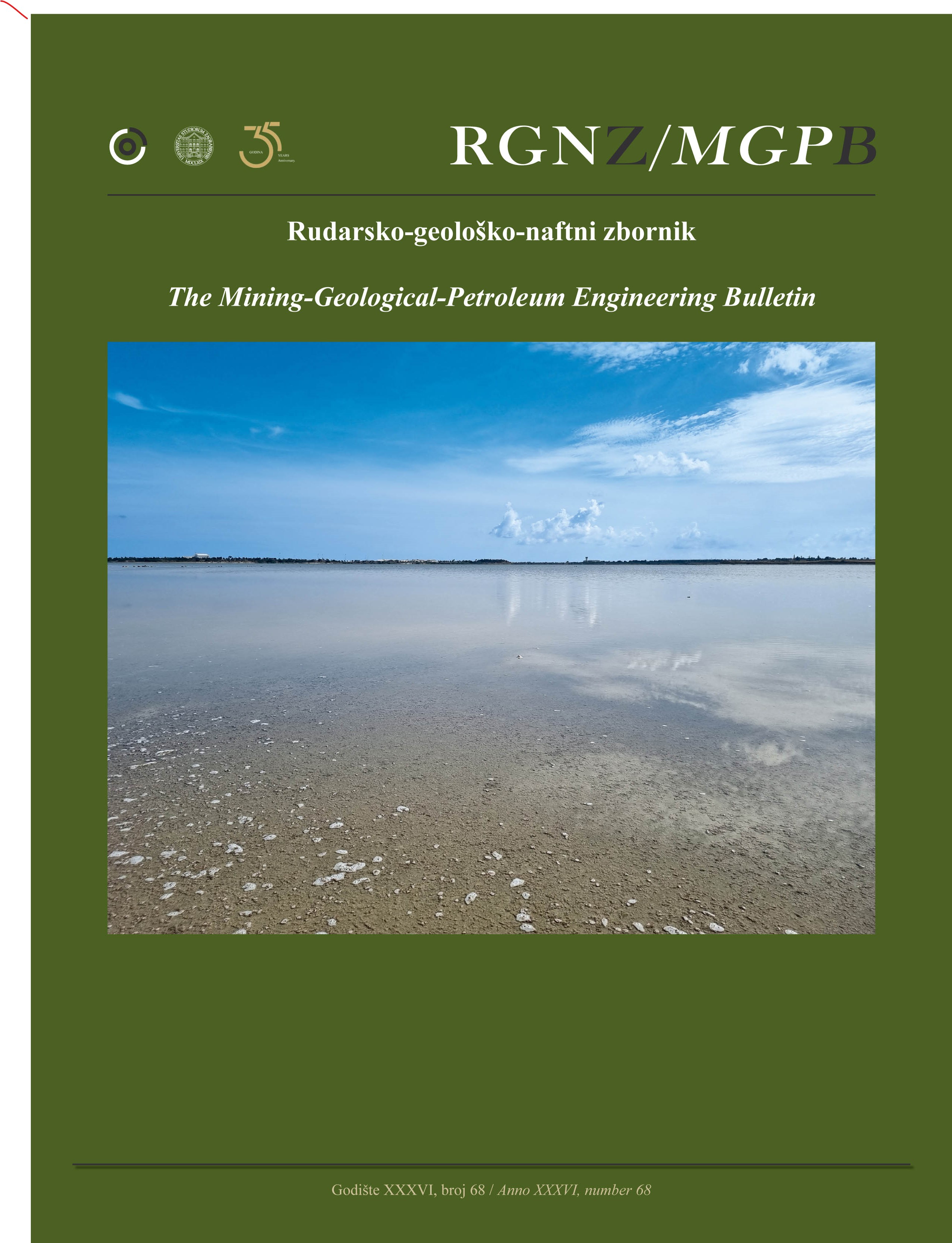Seamless precise kinematic positioning in the high-latitude environments: case study in the Antarctic region
DOI:
https://doi.org/10.17794/rgn.2024.2.3Keywords:
Antarctic, GNSS, kinematic survey, Precise Point Positioning (PPP), online GNSS processing serviceAbstract
Scientific activities in the Antarctic regions have increased daily within the last decades to achieve many different projects. The ice sheet over 98% of the Antarctic continent, the coldest, driest, and windiest place in the world and has the largest desert, makes it very difficult to conduct any kind of study and research. Among them, precise hydrographic surveying should be conducted for many different applications that require reliable and accurate positioning. The output from these surveys plays a vital role in understanding sea level changes, global warming, sea ice movement, navigation and many others. The harsh atmospheric and topographic conditions of the region pose additional challenges to surveyors in the use of conventional terrestrial measurement techniques and satellite-based positioning methods (GNSS) to make positioning. Low quality and noisy GNSS observations with low satellite elevations made their positioning vulnerable to cycle slip, multipath, and discontinuity in Antarctica. This study analyses the performance of the post-processed kinematic Precise Point Positioning (PPP) based on the web-based online GNSS processing service for marine surveying in the high-latitude environment. Within this frame, two realistic experiments were carried out on board a ship and zodiac boat during the 6th Turkish Antarctic Expedition (TAE). The results show that the PPP coordinates using an online GNSS processing service provide kinematic positioning with centimetre level of accuracy using a single GNSS receiver. The general results showed that the PPP technique allows for much faster and accurate positioning in remote and high-latitude areas at a lower cost.
Downloads
Published
How to Cite
Issue
Section
License
Copyright (c) 2024 Reha Metin ALKAN, Mahmut Oğuz Selbesoğlu, Hasan Hakan Yavaşoğlu, Mehmet Arkalı

This work is licensed under a Creative Commons Attribution 4.0 International License.
Creative Commons-BY
Authors who publish with this journal agree to the following terms:
In agreeing this form, you certify that:
- You read the ethical codex of the RGN zbornik available at journal web.
- You submitted work is your original work, and has not previously been published and does not include any form of plagiarism.
- You own copyright in the submitted work, and are therefore permitted to assign the licence to publish to RGN zbornik.
- Your submitted work contains no violation of any existing copyright or other third party right or any material of an obscene, libellous or otherwise unlawful nature.
- You have obtained permission for and acknowledged the source of any illustrations, diagrams or other material included in the work of which you are not the copyright owner.
- You have taken due care to ensure the accuracy of the work, and that, to the best of your knowledge, there are no false statements made within it.
- All co-authors of this submitted work are aware of, and in agreement with, the terms of this licence and that the submitted manuscript has been approved by these authors.
Publication licence
You retain copyright in your submitted work, according to journal license policy (CC-BY). By signing this form you agree that RGN zbornik may publish it under the publication licence. In summary the licence allows the following:
Anyone is free:
- To copy, distribute, display, and perform the work.
- To make derivative works.
Under the following conditions:
- The original author must always be given credit.
- The work may not be used for commercial purposes.
- If the work is altered, transformed, or built upon, the resulting work may only be distributed under a licence identical to this one.
Exceptions to the licence
In addition to publishing the work printed under the above licence, RGN zbornik will also enable the work to be visible online.
The journal editorial can change the licence rules anytime but it cannot retroactively restrict author(s) rights.


